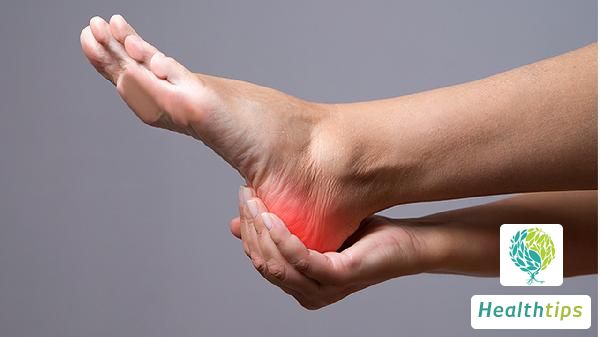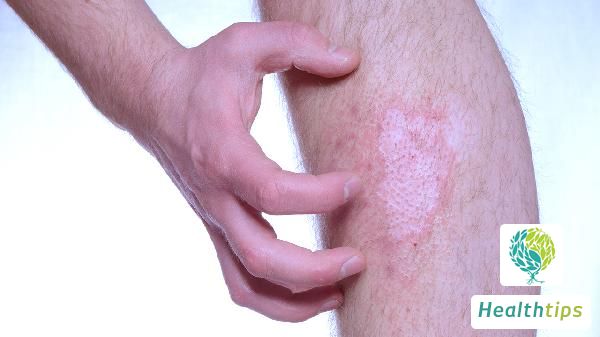Where do genital warts typically appear for women? What are the initial symptoms of female genital warts?
Genital warts are usually referred to as condyloma acuminata, mainly caused by human papillomavirus (HPV) infection and can be transmitted through sexual contact. Female patients with condyloma acuminata often present with skin and mucosal symptoms in the early stage. However, due to differences in the immune system of each patient, the symptoms may vary. Here are the details:

1. Skin Symptoms: In the early stage, condyloma acuminata usually manifests as small, light red papules that gradually grow into soft, irregularly shaped, nipple-like lesions. Some may appear cauliflower-like with a stalk at the base. The surface is moist and may appear grayish white, dirty gray, or red when soaked with secretions. Over time, the surface may become eroded and weeping, and sometimes due to itching, scratching can lead to bacterial infection, resulting in pus-like secretions with foul odor and pain. As the disease progresses, the number and size of papules may gradually increase, forming cauliflower-like, papillomatous warts that are white, pink, or dirty gray. The warts often appear as flat, papular protrusions with a rough surface. The warts are often cauliflower-like, chicken-comb-like, or papillomatous protrusions, with a relatively hard texture. They usually do not accompany pain, itching, or other subjective symptoms.
2. Mucosal Symptoms: In the early stage of female condyloma acuminata, if the warts are located around the external genitalia and anus, the surface of the warts is mostly white, pink, or grayish white papillomatous or cauliflower-like growths. If the warts are damaged, they may bleed or weep.
3. Other Symptoms: In the early stage, a few female patients with condyloma acuminata may experience a sense of foreign body, burning pain, tingling, or discomfort during sexual intercourse. In the early stage, female patients with condyloma acuminata can be treated with topical application of imiquimod cream or podophyllotoxin cream under the guidance of a doctor. If the condition is severe, laser, cryotherapy, or electrocoagulation may be required. Surgical removal may also be considered in necessary cases. It is important to maintain personal hygiene and avoid high-risk sexual behaviors.
Where do female condyloma acuminata commonly occur? The most common locations for female condyloma acuminata are the vestibular region of the vagina, the residual end of the hymen, the inner wall of the labia minora, the labia majora, the perineal region between the lower vagina and anus, and the perianal area. Additionally, some women may also experience condyloma acuminata on the inner wall of the vagina and cervix. Condyloma acuminata is a sexually transmitted disease caused by HPV infection, primarily transmitted through direct sexual contact. Therefore, any area with direct sexual contact is susceptible to condyloma acuminata. If women notice any abnormal protrusions, especially those with an uneven surface and pink, pale, or grayish-brown appearance, in these corresponding areas, they should be vigilant about the possibility of condyloma acuminata and consult a doctor for evaluation. Dermatological testing is usually required for diagnosis. It should also be noted that due to the diversity of sexual practices in recent years, some women may also experience condyloma acuminata on the inner wall of the mouth, tongue, or throat. If protrusions with an uneven surface are found in these areas, they should consult an oral physician for evaluation and observation of the possibility of oral condyloma acuminata. Overall, the most common area for female condyloma acuminata is the external genital region, but it is not excluded that a small number of women may experience it in the oral region.



















